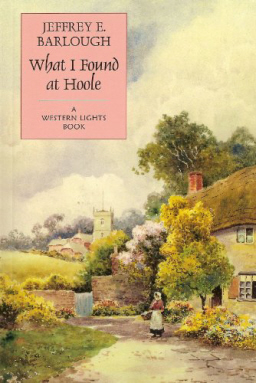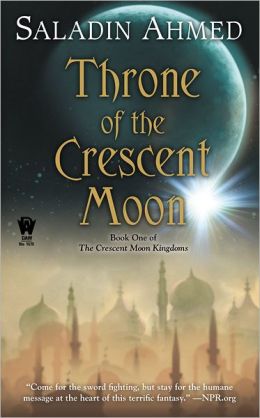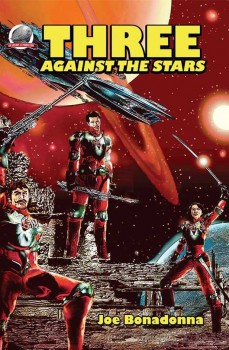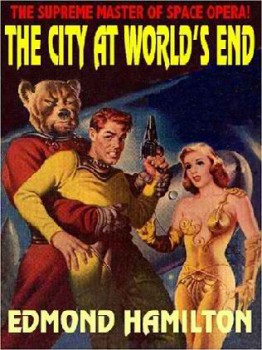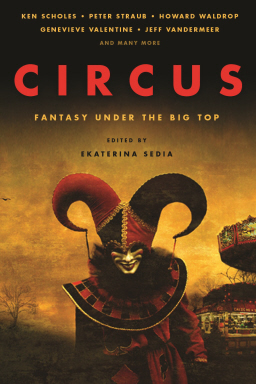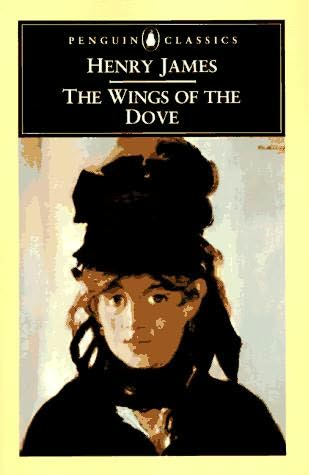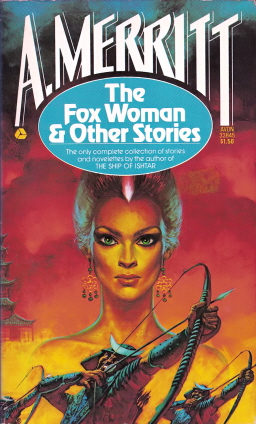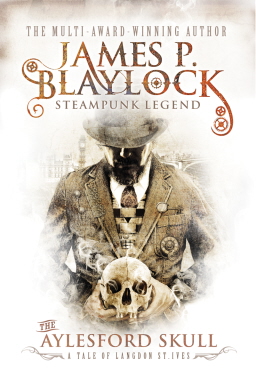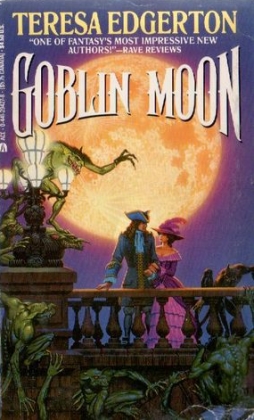New Treasures: The Haunted Land of Carcosa
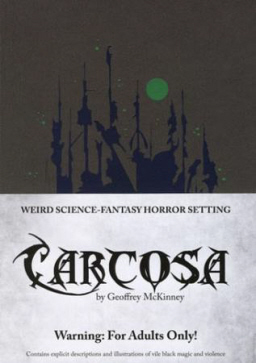 I’ve been enjoying the recent renaissance in retro-D&D gaming. For one thing, it’s brought back great memories of the adrenalin-filled dungeon crawls of my youth, without all the trouble and expense of getting a bunch of middle-aged gamers scattered across two countries back together around a table.
I’ve been enjoying the recent renaissance in retro-D&D gaming. For one thing, it’s brought back great memories of the adrenalin-filled dungeon crawls of my youth, without all the trouble and expense of getting a bunch of middle-aged gamers scattered across two countries back together around a table.
The first role-playing adventures, from Blackmoor to Descent Into the Depths of the Earth, were many and varied, but in large part they followed a similar theme: you crawled into a hole in the ground and killed stuff.
Sure, there were thrills and surprises aplenty — strange subterranean civilizations, weird magic and weirder creatures, and magical treasures of all kinds — but in general the concept wasn’t much different from the piñata. You hit things, and goodies fell out. To get a sense of those early dungeons, imagine wandering through an underground J.C. Penny’s where every cashmere sweater, discount steak knife, and toaster is enchanted and the floor staff have spears and a surly attitude, and you pretty much get the idea.
We thrilled to those early adventures, and at the same time we yearned for something closer to the fantasy novels we were reading. Gradually, the industry responded by producing more sophisticated products with cohesive storylines, real characters, and dungeons that made some kind of functional sense, and the old adventures — with their frog temples, endless magical fountains, and chatty vorpal blades — went the way of the dinosaur.
Of course, no sooner did that happen than we started yearning for the simple games of our youth. Go figure.
That in a nutshell is the story of the resurgence of OE (Original Edition) Dungeons and Dragons games like Astonishing Swordsmen & Sorcerers of Hyperborea, Dungeon Crawl Classics, Labyrinth Lord, and even the recent first edition AD&D reprints. And now that they have arrived — and the marketplace has embraced them — compatible adventure modules have started to pop up as well. I’ve rarely seen any as ambitious and as well thought-out as Geoffrey McKinney’s Carcosa.
